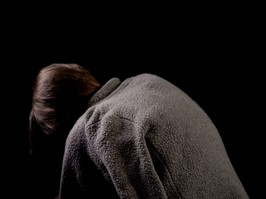are there lifestyle choices that can help prevent osteoporosis?
dr. t: there are lifestyle factors that we talk about, like high alcohol intake, cigarette smoking, low physical activity or inactivity and also low intake of calcium and vitamin d deficiency. those are all things that can put you at risk.
how is osteoporosis generally treated?
dr. t: for everybody, we talk about the non-drug treatments, so making sure that people have adequate calcium through their diet and supplements if needed. the current thinking is that calcium through diet is really preferred, and getting adequate vitamin d usually with a supplement, especially in the winter in canada. the recurrent recommendations are 800 to 2,000 units of vitamin d per day. and then making sure you have good nutrition with adequate protein.
regular exercise is the other really important part of this. so regular weightbearing, balance and resistance exercise for both strengthening muscles and protecting bones, but also reducing risk for falls. for people who are at high risk for fractures, based on bone mineral density or if people have had more than one fracture with low trauma, or a hip fracture or a spine fracture — generally those are people who would benefit from an osteoporosis medication. it’s not necessarily medication for everybody and it’s not necessarily medication forever, but we need to assess it. the most common osteoporosis medications would be a pill that you take once a week or potentially once a month. and we do have some injection medications that we can use for more severe cases.
 5 minute read
5 minute read








